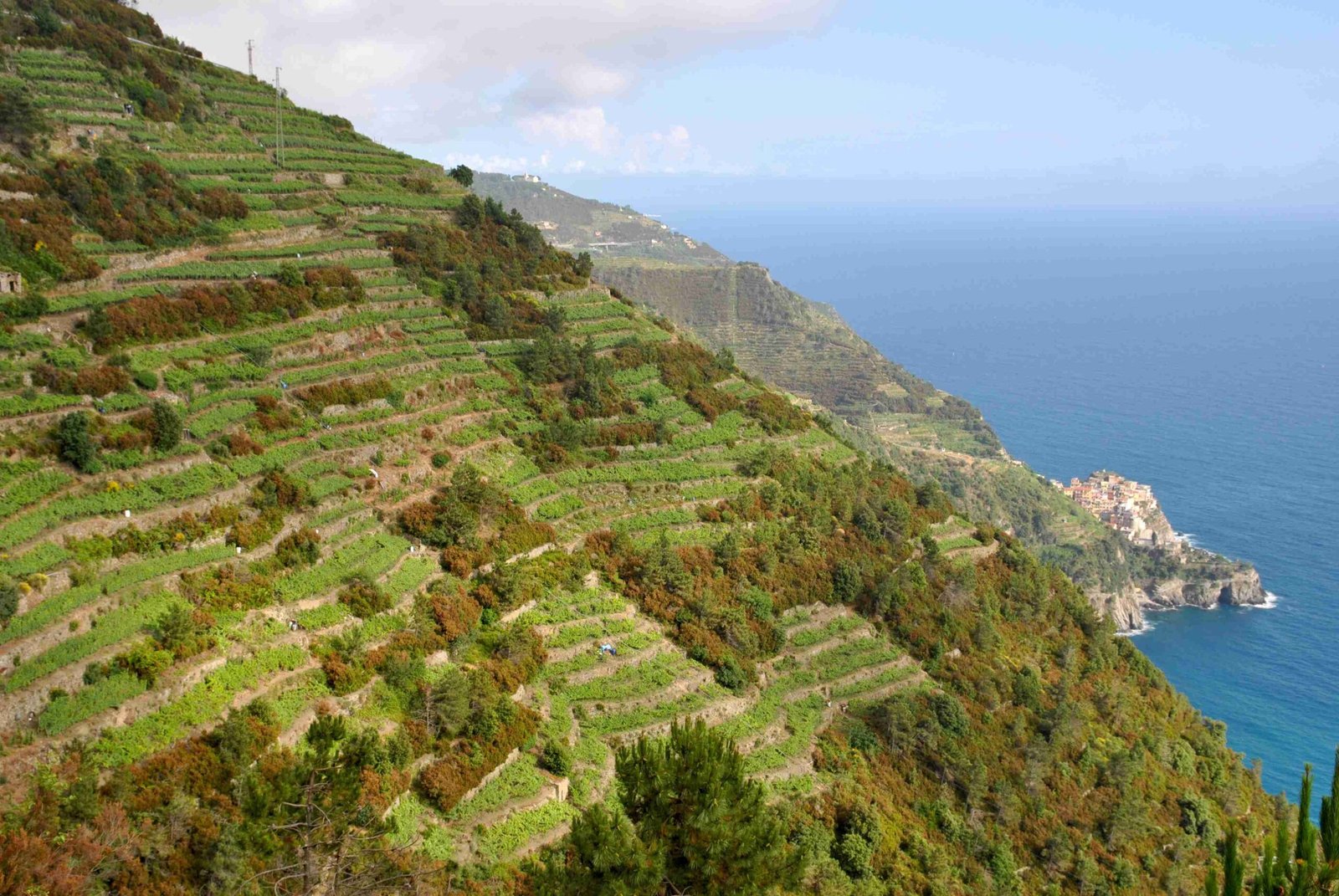Nestled along the rugged Italian Riviera coastline, the Cinque Terre painted houses represent a breathtaking fusion of architectural brilliance and cultural heritage. These vibrant, tightly-packed structures cling to steep cliffs, creating a mesmerizing landscape of color and history that has captivated travelers and photographers for generations. Each house tells a story of maritime tradition, local craftsmanship, and the resilient spirit of the Ligurian people.
What Makes Cinque Terre Houses Unique?
Why Are the Houses So Colorful?
The colorful houses of Cinque Terre are not just aesthetic choices but serve practical historical purposes:
- Seafaring Identification: Fishermen used bright colors to recognize their homes from the sea
- Navigation Markers: Vibrant facades helped sailors navigate the treacherous coastline
- Local Material Availability: Colors derived from natural pigments found in the region
How Do Colors Vary Across Villages?
| Village | Predominant Color Palette | Architectural Characteristic |
|---|---|---|
| Monterosso | Warm yellows, oranges | Tallest structures, most uniform design |
| Vernazza | Deep reds, blues | Genovese-influenced facades |
| Corniglia | Soft pastels | Shorter buildings, strategic hilltop location |
| Manarola | Bright magenta, green | Tightly packed along steep streets |
| Riomaggiore | Ochre, blue, magenta | Strong maritime architectural elements |
What Historical Influences Shape These Houses?
The Cinque Terre painted houses reflect multiple architectural influences:
- Medieval Foundations: Original stone construction techniques
- Genovese Maritime Style: Vertical, narrow building designs
- Renaissance Adaptations: Decorative elements and color variations
- Practical Coastal Engineering: Structures designed to withstand maritime conditions
How Do Local Materials Impact House Design?
Local builders used indigenous materials that defined the architectural character:
- Stone: Provides structural integrity and thermal regulation
- Lime Mortar: Traditional binding material
- Terracotta: Used for roofing and decorative elements
- Local Pigments: Created unique color palettes
What Preservation Efforts Protect These Houses?
UNESCO World Heritage designation ensures:
- Strict architectural conservation guidelines
- Protection of traditional building techniques
- Maintenance of original color schemes
- Cultural heritage preservation
Practical Visitor Information
Best Times to Photograph Cinque Terre Houses
- Early Morning: Soft golden light enhances color vibrancy
- Late Afternoon: Dramatic shadows create depth
- Spring/Fall: Optimal lighting and fewer tourists
Travel Tips for House Enthusiasts
- Recommended Walking Routes:
- Monterosso to Vernazza trail
- Corniglia village center
-
Manarola viewpoint
-
Photography Recommendations:
- Wide-angle lens
- Tripod for stability
- Early morning/late afternoon shoots
Cultural Significance
The Cinque Terre painted houses represent more than architectural beauty—they symbolize human adaptation, maritime resilience, and a profound connection between community and landscape.
Key Takeaways
- Centuries-old building techniques
- Practical color selection
- Harmony with natural environment
- Living historical artifacts
Technical Architectural Details
- Average House Height: 3-4 stories
- Typical Wall Thickness: 50-70 cm
- Roof Angle: 30-45 degrees
- Color Pigment Sources: Local minerals, natural earth tones
Visitor Experience
Exploring Cinque Terre painted houses offers an immersive journey through living history, where every color, stone, and architectural detail narrates a rich cultural story.
Recommended Exploration Strategy
- Start in Monterosso
- Progress through villages systematically
- Take guided architectural tours
- Engage with local historians
Final Insights
The Cinque Terre painted houses transcend mere architectural structures—they are vibrant canvases capturing generations of human creativity, survival, and aesthetic expression.
Recommended Resources
- Local architectural museums
- Guided walking tours
- Historical documentation centers
Photography Permissions
Always respect local guidelines and obtain necessary permissions before extensive photography.
Preservation and Respect
Visitors are encouraged to appreciate these architectural marvels responsibly, understanding their cultural and historical significance.
Sustainable Tourism Practices
- Follow designated paths
- Minimize environmental impact
- Support local conservation efforts
Reference:
– UNESCO World Heritage Site Information
– Cinque Terre National Park Official Site
– Italian Cultural Heritage Resources

